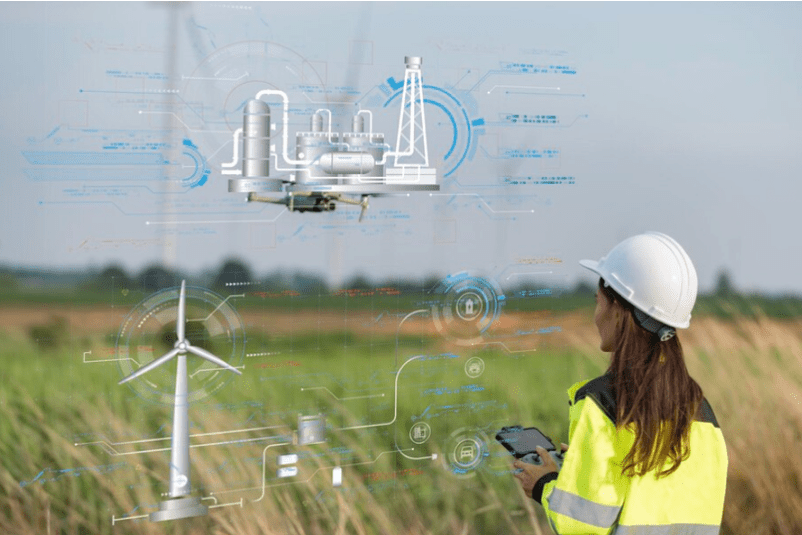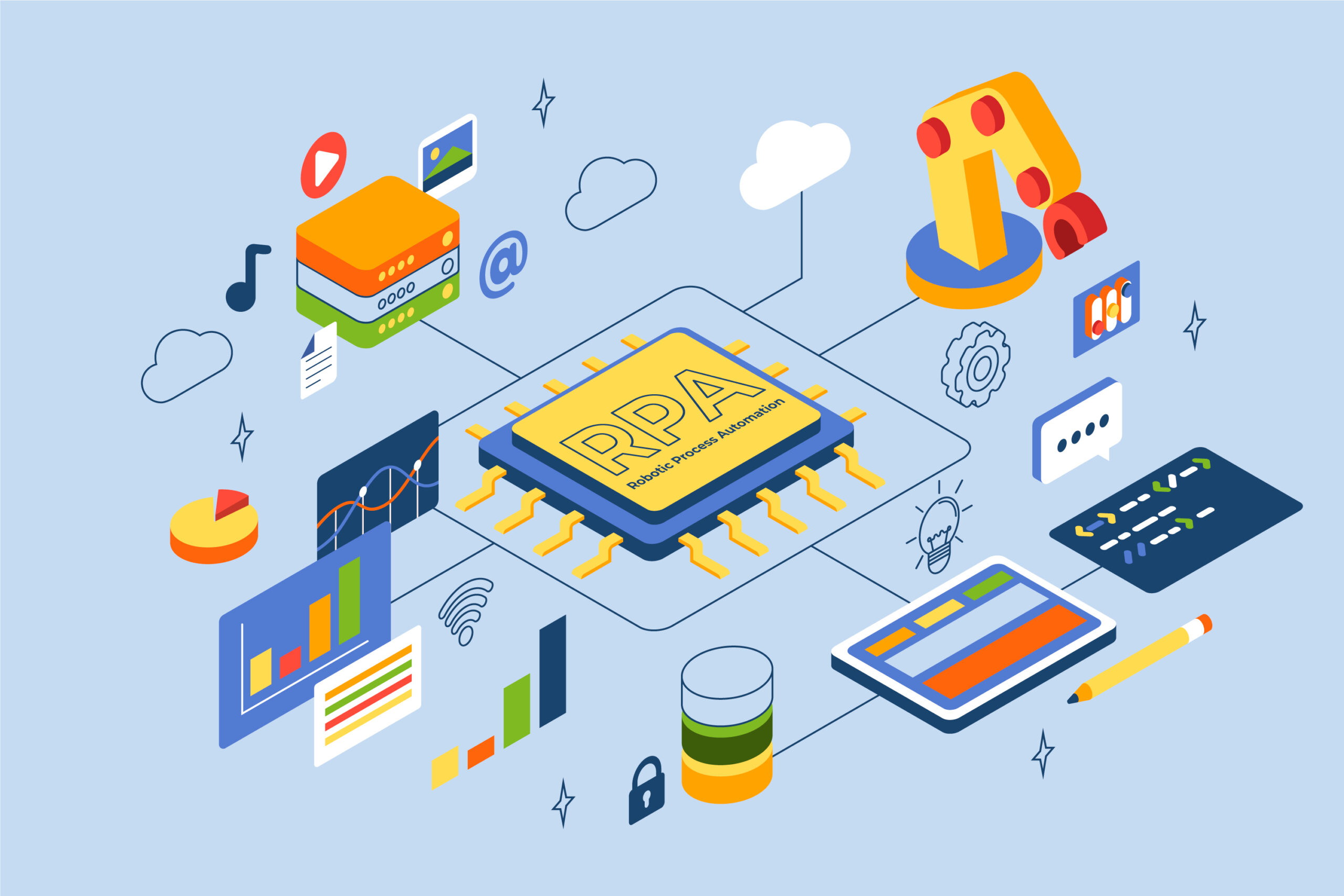What are the Latest trends in Robotic Process Automation?
Marketing Team
Posted on
Apr
10,
2023

Robotic Process Automation (RPA) is an area of automation that involves the use of software robots to automate repetitive and rule-based tasks. Here we shall discuss about some of the latest trends in Robotic Process Automation.
Hyperautomation is the combination of RPA with artificial intelligence (AI), machine learning (ML), and other automation technologies. Hyperautomation enables organizations to automate end-to-end processes, improve decision-making, and increase efficiency.
Process mining is a technique that uses data analytics to automatically discover, monitor, and improve real processes. By analyzing event logs and other data, process mining provides insights into how processes are actually being executed and identifies areas for improvement.
Many RPA vendors now offer cloud-based solutions, which provide greater scalability, flexibility, and security. Cloud-based RPA also allows organizations to easily integrate RPA with other cloud-based applications and services.
Human-in-the-loop automation combines RPA with human oversight and decision-making. By allowing humans to intervene, when necessary, organizations can ensure that processes are executed correctly and that exceptions are handled appropriately.
Intelligent automation combines RPA with cognitive technologies such as natural language processing (NLP) and machine learning (ML). By automating more complex processes and tasks, intelligent automation can help organizations achieve greater efficiency and accuracy.
Low-code RPA platforms enable non-technical users to build and deploy RPA solutions without the need for extensive coding or programming skills. This makes it easier for organizations to implement and scale RPA across their operations.
Overall, the latest solutions in RPA are focused on enabling organizations to achieve greater automation, efficiency, and accuracy by combining RPA with other emerging technologies and approaches.




© 2025 Solidpro. Designed with passion @ Spidergems Softlabz